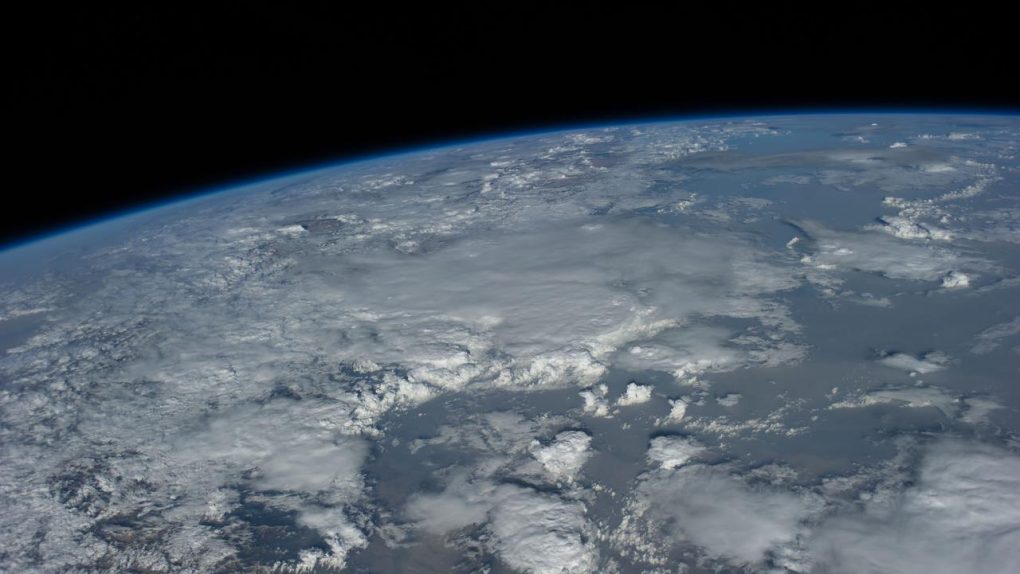- A day on Earth is determined by how long it takes for the planet to complete an entire revolution about its axis.
- In 2020, the Earth was recorded spinning faster than ever before, with the top 28 fastest days ever being observed last year alone.
- The change wasn’t big enough for us to notice, but scientists are studying it closely for a variety of reasons.
When you wake up each morning and see the Sun cresting over the horizon (if you’re lucky and it’s not cloudy), you know that a new day has dawned. The Earth has completed one revolution about its axis and approximately 24 hours have passed since you saw the Sun appear the previous morning. However, while you certainly didn’t notice anything different about the days in 2020 — aside from the fact that they were a lot more stressful than normal — many of them were faster than they’ve ever been.
As Time and Date reports, the Earth was “in a hurry” for 2020 to be over. Atomic clocks, which are incredibly accurate, captured 28 days last year that were faster than any other days since recording began in 1960. The very tiny differences in the length of the day aren’t necessarily unusual, but they are giving scientists a reason to question an age-old practice.
Ever since 1972, scientists keeping track of the incredibly small differences between solar time, based on the Earth’s rotation, and precise time, which is kept by clocks, have had to decide when and where to insert new seconds in order to keep everything in line.
These leap seconds are added from time to time, whenever they are needed based on the rotational speed of the Earth. At one point, decades ago, they were added on an annual basis, but over the past ten years, only three seconds have been added, with the most recent one being added in 2016. This is due to the gradual slowing of the Earth’s rotation, which is considered a natural phenomenon with ebbs and flows.
Leap seconds have only ever been added, never subtracted, but the fact that the Earth appeared to speed up in 2020 suggests that the need for negative leap seconds — or perhaps the abolishment of the idea of leap seconds at all — may soon need to be addressed.
The differences in the length of the quicker days in 2020 came down to mere milliseconds in total. Even the shortest day on record, which is now July 19th, 2020, was just 1.4602 milliseconds less than the standard number of seconds in a day (86,400). However, if the trend continues and the Earth continues to have quicker and quicker days, it might not be long before an adjustment is needed in the opposite direction for the first time ever. We’ll have to wait and see what 2021 has in store for us on the time front, but scientists are keeping a close eye on it.








